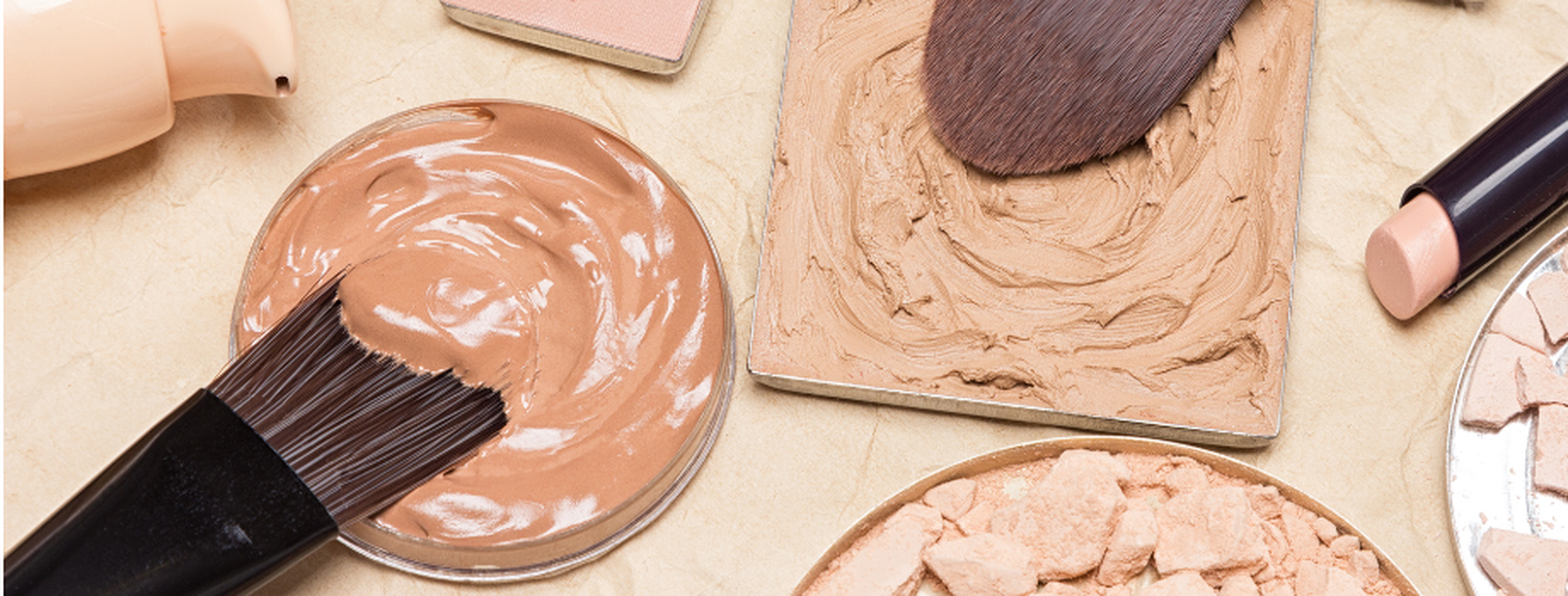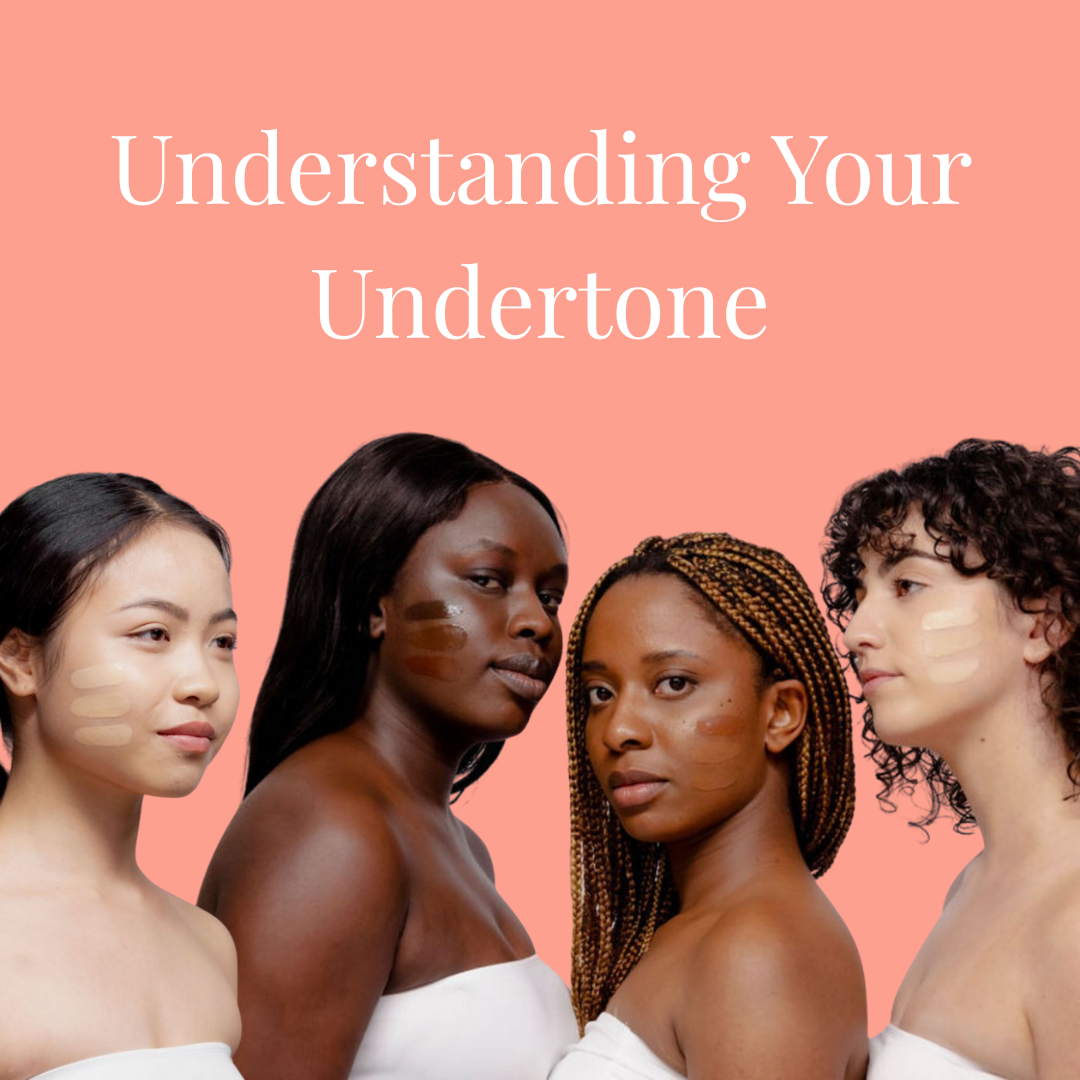
The Surprising Truth About Oxidation and Your Makeup: What You Need To Know
Author: Ash S
29 Mar 2023
When it comes to applying foundation, two terms that often get mentioned are oxidation and dry down. While they may seem similar, they are actually two very different things. Our makeup shade finder will help you find your perfect foundation shade as we consider these variables alongside our advanced technology.
Oxidation in Foundation
Oxidation is a color change in your foundation after it has been applied to your skin, making it look darker or more orange over time. This occurs due to a variety of factors, such as the pH levels of your skin, the natural oils on your face, or even the air around you. Oxidation is a common problem for many people, especially those with oily skin or who live in humid environments. Common foundation ingredients such as iron oxides are notoriously known for contributing to oxidation.
The below images are examples of oxidation. The two foundations appear to be a great match in the bottles, but they become very different after application. Almost instantly, when the foundation on the right comes into contact with the air & my skin - it changes colour. It becomes darker and more orange until eventually, it is a completely different colour which you can see in the second image. The foundation on the right has oxidised and the foundation on the left has not. 

Dry Down in Foundation
Dry down can also cause a color change but is a very different process. Dry down is the process of the foundation drying on the skin after it has been applied. Also known as the foundation "setting" or "texturizing", this is when the liquid evaporates, and the foundation transforms from a wet texture to a drier texture.
When a foundation dries down, it can help create a more natural and skin-like finish, as well as increase the foundation's longevity on the skin. However, not all foundations dry down in the same way. Some foundations dry down and the color remains almost exactly the same as when applied to the skin while others may be dramatically darker. Some foundations may even dry lighter! Some formulas may dry down quickly, while others take longer to fully set. Some dewy or creamy foundations never dry down at all which are suitable for short term wear such as in fashion, photography and events.
The below image is an example of Dry Down. While the color change is not drastic, you can see the differences between the freshly applied wet foundation (top) and the dried down foundation (bottom). Same foundation, just slightly darker and pinker once dry.

Differences Between Oxidation and Dry Down
The main difference between oxidation and dry down is the effect they have on the appearance of foundation on your skin. Oxidation is an undesirable change of color that may be darker or more orange, while dry down reveals the foundations intended color and texture.
Another important difference between oxidation and dry down is the cause of the process. Oxidation is typically caused by external factors such as the pH levels of your skin or the natural oils on your face, while dry down is caused by the formula of the foundation itself.
How can we avoid color change due to oxidation and dry down?
There's not much we can do when it comes to dry down as it has to do with the formula of the foundation, however moisturizing the skin lightly prior to application can help to reduce drastic color changes. A primer may also help by providing a barrier between your skin and foundation.
As for oxidation, primers are useful for preventing drastic color changes for the same reason. Not only this, but primers improve the longevity of your makeup so they are a great tool to keep in your makeup bag. Also, setting your foundation with powder will help by creating a barrier on the outside. Try not to over-moisturize underneath your makeup as this can encourage oxidation. Save the generous application of face cream for your nighttime routine!
One last thing to be aware of is that water-based formulas, compared to other foundation types (like silicone), are more likely to oxidise because H2O is harder to stabilise. With that said, you don't need to avoid water-based foundations completely. Simply use the tips above, and take this into consideration when looking for your shade. At Match My Makeup, alongside our cutting-edge technology, our matches are determined after a period of oxidation and dry down has occurred in order for you to get the most accurate shade match.
Oxidation and dry down are two important concepts to understand when it comes to applying foundation. Oxidation can cause the color of the foundation to change and become darker and more orange, and dry down may catch you by surprise if you aren't prepared for it. By understanding the differences between these two processes, you can choose a foundation that will provide the best results for your skin type and desired finish. Try out our tool - the world's only precise makeup shade finder that will help you find your perfect foundation shade as we consider these variables alongside our advanced scientific technology.
Subscribe
For all the latest news, tips, trends and exclusives, be sure to sign up to receive the latest straight to your inbox.
By clicking subscribe you agree to our terms and privacy policy.
Subscribe
For all the latest news, tips, trends and exclusives, be sure to sign up to receive the latest straight to your inbox.
By clicking subscribe you agree to our terms and privacy policy.











